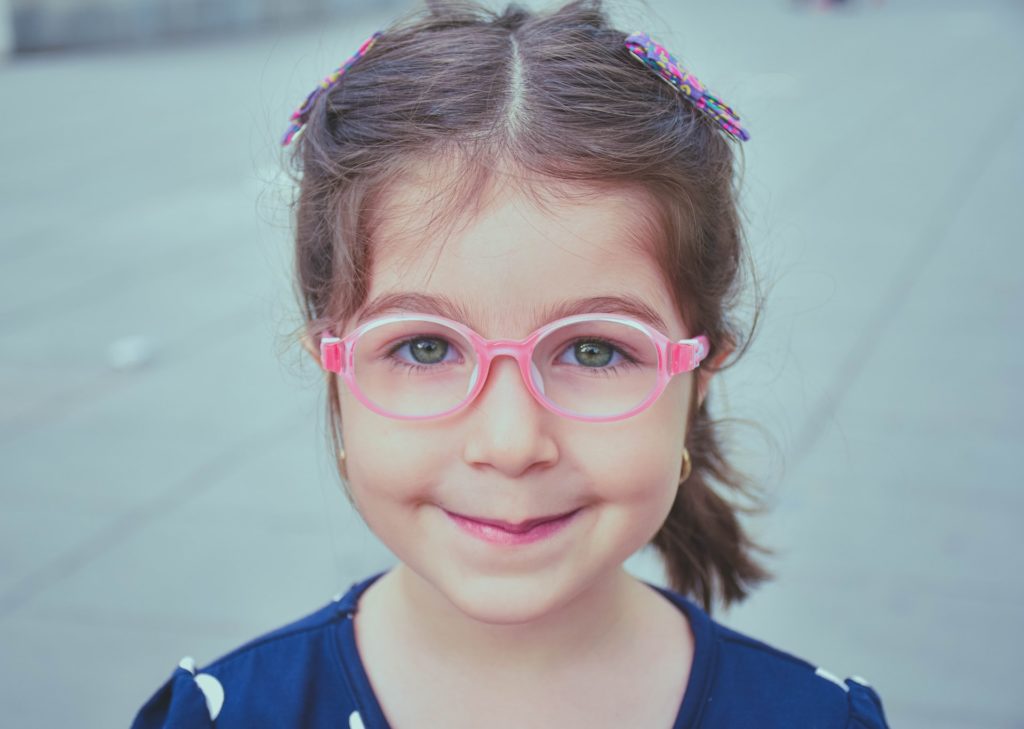Red light treatment is accessible to patients, can be done at home, and has been shown to be safe and effective in myopia control.

Myopia tends to develop in childhood and can be progressive, predisposing to the development of eye problems later in life. (Image Source)
Myopia (nearsightedness) is a common eye condition that develops mostly during childhood. It can be progressive and worsen over time, leading to high myopia, corresponding to a prescription of -5.00 diopters (D) or more. High myopia can be dangerous because it is linked with increased risk of macular problems, glaucoma, and even retinal detachment.
It has been shown that increased time spent outdoors in bright light is a protective factor for myopia. In this study, the researchers proposed to deliver light instead to the retina to control myopia. The light would be at 650 nm in wavelength (red light) and will be for a much shorter exposure. This kind of treatment is already used for amblyopia, and it has been shown that in this case, there is increased choroidal thickness, blood flow, and stabilization of the axial elongation. A separate, concurrent study also showed reduced myopia progression and axial length.
The main objective of his study is to assess the efficacy and safety of repeated low-level red-light (RLRL) therapy in myopia control in children. In this study, 264 eligible children aged 8 to 13 years, with a refraction of -1.00 to -5.00 D, were recruited. The children had an astigmatism of 2.50 D or less, anisometropia of 1.50 D or less, and a best-corrected visual acuity (BCVA) of 0.0 logarithm of minimum angle of resolution or more.
Children were assigned randomly to either the intervention group, which comprises RLRL treatment and the use of single vision spectacles (SVS), or the control group, which only has SVS alone. The RLRL treatment was given through a desktop light therapy device, with an illuminance of 1600 lux and a power of 0.29 mW for a 4-mm pupil. The treatment was given at home with parental supervision, at 3 minutes per session, twice daily and with a minimum interval of 4 hours. This was done 5 days per week.
The outcome measures for this study were the changes in axial lengths and refraction measured at baseline and at 1, 3, 6, and 12 month follow-up visits. From the 264 randomized participants, 246 children (93.2%) were included in the analysis, with 117 children in the RLRL group and 129 in the control group. At 12 months, the axial elongation and refraction were 0.13 mm and -0.20 D for the treatment group, and it was 0.38 mm and -0.79 D for the control group. There were also no sudden adverse events noted in both groups.
This study shows that in Chinese children with myopia and aged 8 to 13 years old, RLRL therapy can be a safe and effective new alternative treatment for myopia control. However, there are limitations of this study including the lack of placebo, masking, and the short time frame of follow-up. As usual, more studies should be performed to elucidate long-term efficacy and safety, as well as the mechanisms underlying treatment.
Jiang, Y., Zhu, Z., Tan, X., Kong, X., Zhong, H., Zhang, J., Xiong, R., Yuan, Y., Zeng, J., Morgan, I. G., & He, M. (2022). Effect of repeated low-level red-light therapy for Myopia Control in children. Ophthalmology, 129(5), 509–519. https://doi.org/10.1016/j.ophtha.2021.11.023